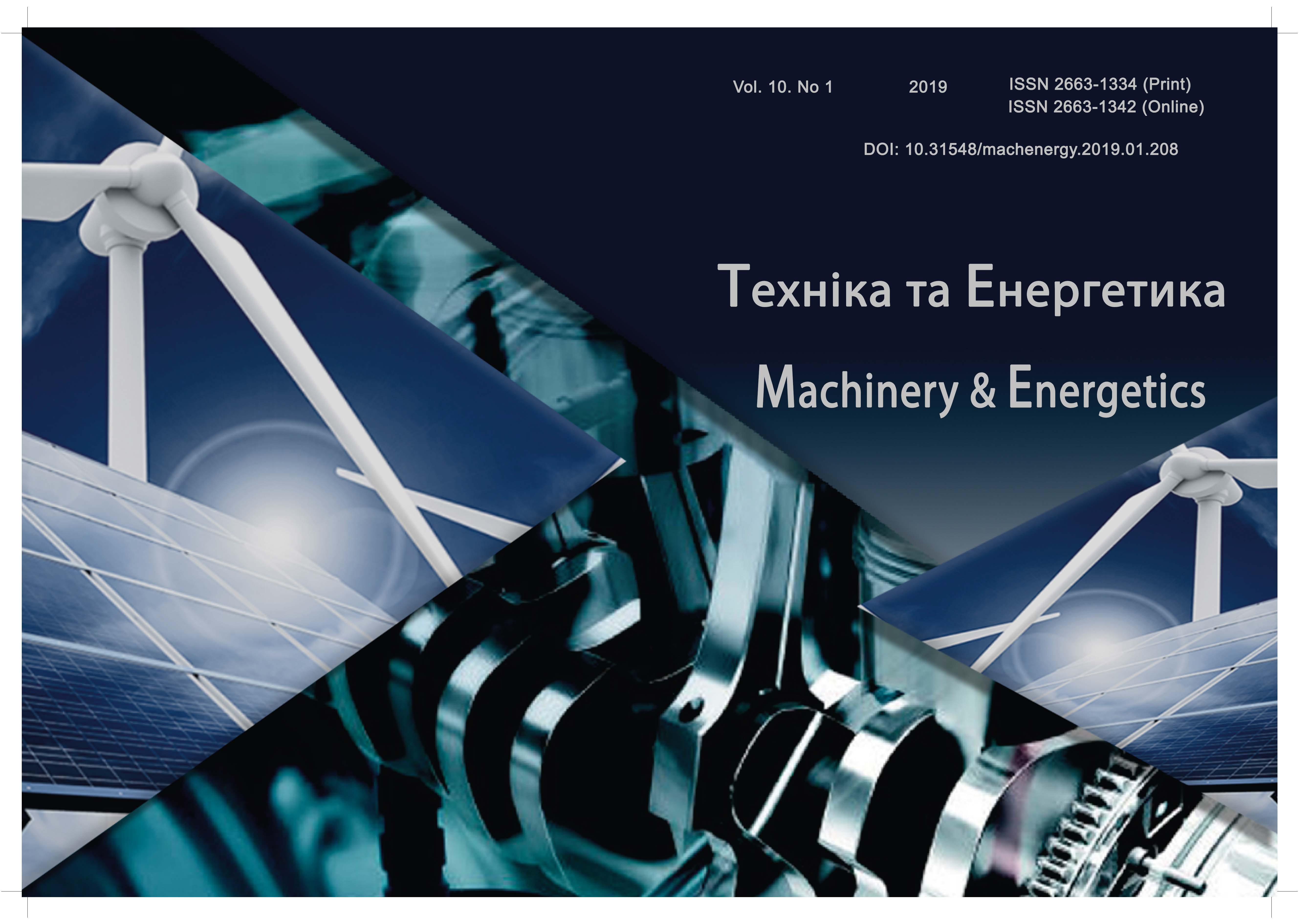Research requirements for application for animal equipment
DOI:
https://doi.org/10.31548/machenergy2019.01.091Keywords:
livestock equipment, planning, livestock production, dynamics of changes, cattle, pigs, poultry.Abstract
Processes that significantly affect the state of affairs in the livestock industry are undergoing in the agro-industrial production of Ukraine, which requires a deep complex analysis for the development of promising strategies for the supply of technical equipment for farms. The analysis of dynamics and tendencies of changes in comparison with 1990 has been carried out. the production and consumption of feed for animal feeding, the dynamics of meat production of different species, the number of animals and birds, the dynamics of production of the main types of livestock products, the trends in the productivity of animals, the processes that affect the acquisition of equipment, the prediction of the need for quantitative and model measurement . It has been established that the egg and poultry farming and marketing sector has virtually reached maximum development and further equipment purchase will be required for maintenance, repair, and reconstruction in accordance with new European standards. The development of pork production is practically hampered by the spread of African swine fever. The growth of equipment needs will depend on the success in the fight against AFS. The market for the equipment of cattle farms will have the greatest potential in the near future. Especially when a moratorium on land sales will be lifted and farmers will begin to develop small and medium-sized livestock farms. Equipment for the production of feed will be in demand for corn on silage, concentrated feed.References
Commodity Betws for APK. How to lift with the knees animal? (2017). Agro Polit.com. Hot agrarian policy June 22.
Marchenko M. V. (2018). Improvement of agribusiness: a training manual. Kharkov: "Disa Plus". 434.
Uzhik V. F. (2018). Theory and analysis of machinery for animal husbandry: a training manual, 2nd ed., Rev. may: Belgorod GAU. 285.
Naumenko A. A., Vitkovskiy Yu. P. (2018). Analysis of perspective directions of reconstruction of the technical potential of the livestock industry. Technical services agricultural, forestry, and transport complexes. Kharkiv No. 12. 66-73.
Market overview Ukraine's animal husbandr. inventure.com.ua. Investment analyst 11.01.17.
Danylyshyn В. M. (2007). Strategic priorities and current tasks of development of the real sector of economy of Ukraine. CSPF of Ukraine of NAS of Ukraine. Cherkassy. Brama-Ukraine. 514.
Material-technical providing agro-industrial complex. (2002). Moscow. News 464.
Naumenko A. A. (2015). Robotic systems in animal husbandry: a training manual. Kharkov: "Msgproc". 172.
Adaptation of foreign technologies of livestock production to the conditions of Ukraine. (2017). Labor Taurian State Agrotechnological University. Volume 1, issue. 5, THATO. 177-181.
Innovative technologies and technical systems in dairy cattle. Kharkov: "Msgproc" (2015). 324.
Material-technical base and the production of livestock products in farms. (2017). Bulletin INTOSH behalf Peter Vasilenko. Kharkov. Vol. 144. 97-101.
Downloads
Published
Issue
Section
License
Relationship between right holders and users shall be governed by the terms of the license Creative Commons Attribution – non-commercial – Distribution On Same Conditions 4.0 international (CC BY-NC-SA 4.0):https://creativecommons.org/licenses/by-nc-sa/4.0/deed.uk
Authors who publish with this journal agree to the following terms:
- Authors retain copyright and grant the journal right of first publication with the work simultaneously licensed under a Creative Commons Attribution License that allows others to share the work with an acknowledgement of the work's authorship and initial publication in this journal.
- Authors are able to enter into separate, additional contractual arrangements for the non-exclusive distribution of the journal's published version of the work (e.g., post it to an institutional repository or publish it in a book), with an acknowledgement of its initial publication in this journal.
- Authors are permitted and encouraged to post their work online (e.g., in institutional repositories or on their website) prior to and during the submission process, as it can lead to productive exchanges, as well as earlier and greater citation of published work (See The Effect of Open Access).

